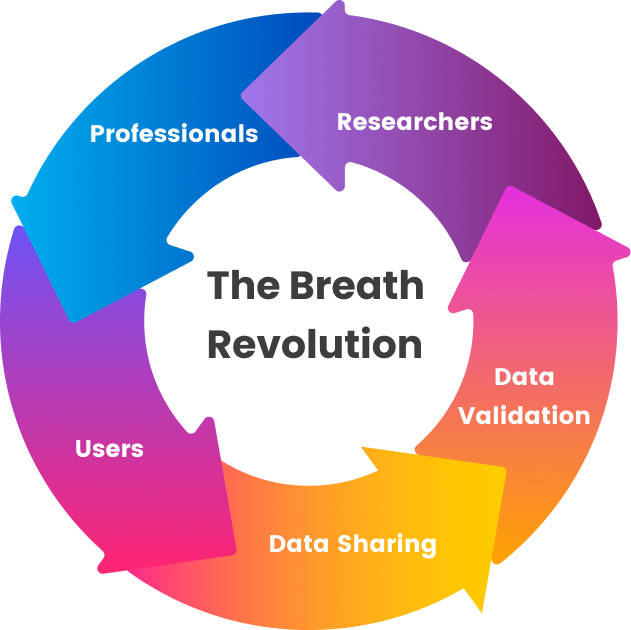Diagnosing diseases in their early stages is extremely important for effective patient treatment. The lack of patient compliance with existing diagnostic methods limits immediate diagnosis, making the development of non-invasive diagnostic tools critical and mandatory. One of the most promising non-invasive diagnostic methods that has attracted significant research interest in recent years, especially due to Covid-19, is breath analysis. This method detects gas analytes such as exhaled volatile organic compounds (VOCs) and inorganic gases, which are considered important biomarkers for various types of diseases. The diagnostic ability of gas-pattern detection using analytical techniques and, especially, sensors can help identify many critical diseases, enabling patients to combat them in the early stages.
This article provides an up-to-date overview of the main categories of sensors studied for disease diagnosis applications through the detection of exhaled gas analytes and highlights the role of nanomaterials used in breath detection.




